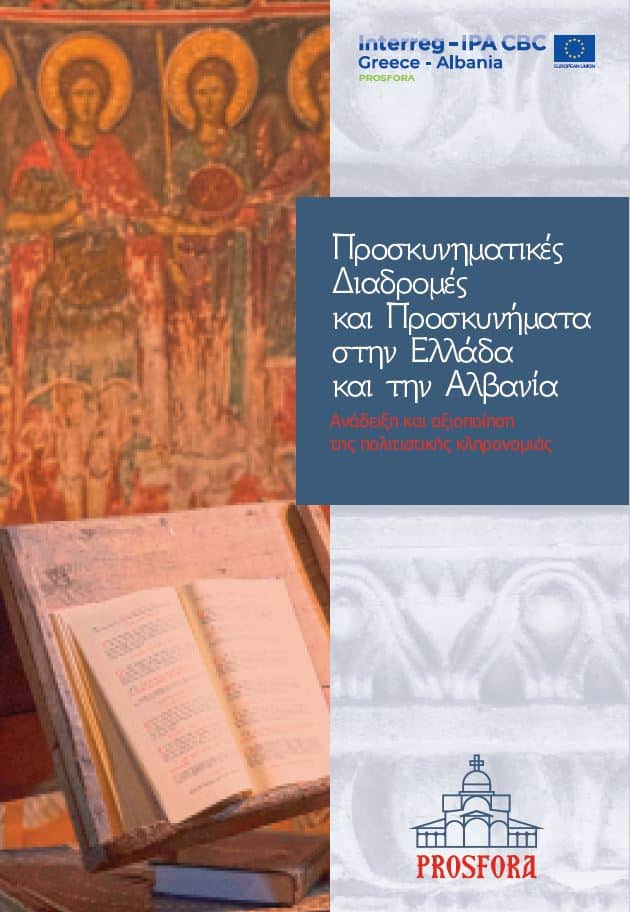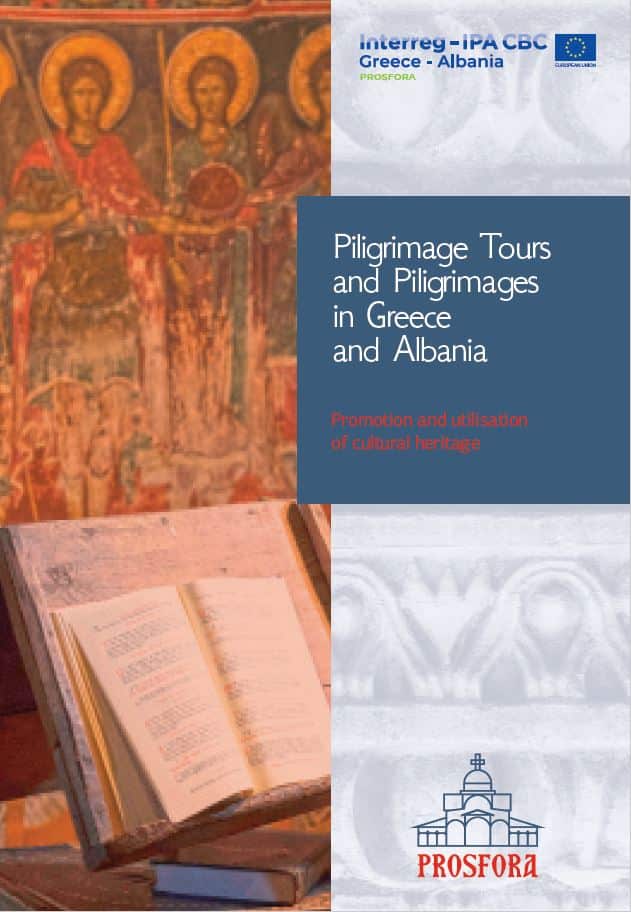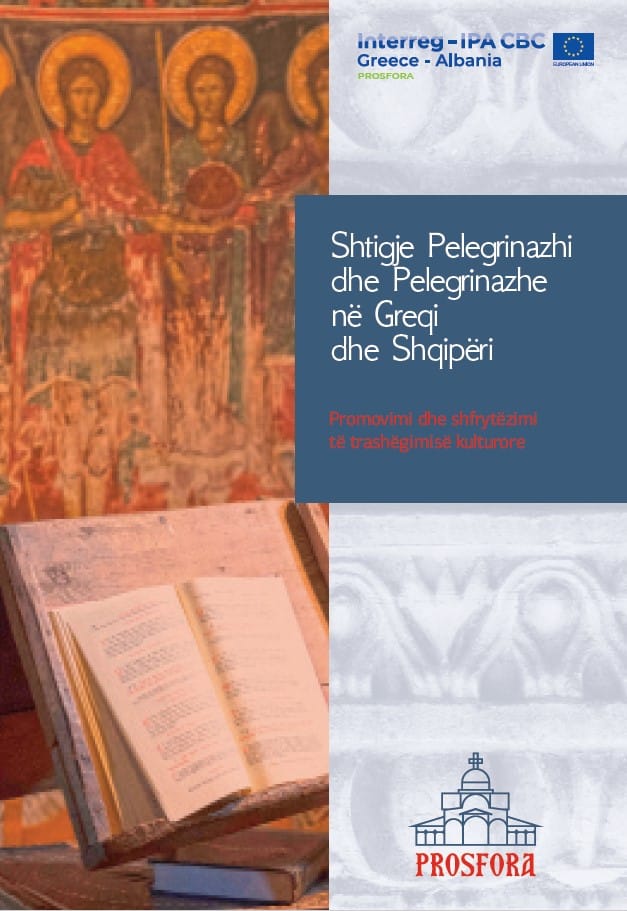HISTORY
Bodrista is one of the largest communities, with a strong Greek element, in the Dropull Valley, in close proximity to the historic seat of the Diocese of Dryinopolis. Archaeological findings give evidence for the existence of an organized settlement in this geographical area, already from the Hellenistic period. In late Byzantine and modern times, the connection of these small communities with the large urban centers to the east and west resulted in the economic and social development of the specific regional communities of the Ottoman Empire. Many post-Byzantine churches and monasteries were built in the surrounding area and remain to this day, leaving an imprint of the glory of that period.
In the center of the settlement of Bodrista, within a green fenced area, is the church of the Glorious Taxiarchs. In its northwest corner, as a continuation of the building, there is an attached covered portico, a “hagiati”, with an open archway to the west. Looking carefully at the courtyard, one realizes that there was a preexisting set of buildings apart from those that are visible today. One such building was the chapel dedicated to St. Athanasios, which, unfortunately, has been completely destroyed. A few, but imposing, family tombs still remain on the south-western side of the enclosed remaining complex, as a testimony to the former function of the site.
Holy Church of the Glorious Taxiarchs was founded in 1778-1780 and is included in the list of churches built or reconstructed by Bishop Dositheos. From tradition, we know that the church was built and hagiographed at the expense and care of the inhabitants of the local community. It is a three-aisled basilica with a gable roof covered with the traditional slate slabs for this type of architecture. On the west side of the church, where the original entrance to the church is located, there is a built-in bell tower, which is developed in three levels with double and single arched openings, a typical example of Epirus bell tower architecture. Finally, outside the wall of the courtyard on the west side, a short distance from the church, there is a small shrine commemorating the visit of Saint Kosmas of Aetolia to Bodrista, during one of his tours, most probably in 1777.
Entering the temple from the roofed, northern entrance, we see the interior developed in three naves, with double columns, connected by a system of arches on either side of the central nave. On the roof, small domes and spherical triangles create an interesting complex system, mainly in the central nave, while on the west side and as a later addition is the narthex, which, as it seems, also functioned as a women’s gallery with crenellated openings facing the side aisles.
Years of abandonment and shifting of the ground have caused severe damage to the foundation, the walling and the mural decoration of the church. The surviving inscriptions inside, unfortunately, due to their poor condition, cannot give us any information about the church’s patrons, donors or hagiographers. The interior surface of the nave, however, preserves much of the original iconographic program. High up we find representations and figures from the New and Old Testaments, while in the lower zones saints are lined up, first in busts within medallions and then lower down full-length. To the east, on the walls of the sanctuary, we find perhaps the best preserved examples of iconographic decoration. In particular, on the right of the sanctuary, in the Prothesis, there are wall notes, in the form of a diptych, of living and deceased inhabitants of Bodrista, from the time when the church was established as the center of the parish.
Despite repeated looting, during which valuable parts of the portable icons and parts of the wooden decoration of the church were removed, part of the iconostasis survives to this day. Later additions help to make up for the lost elements.
The church functioned uninterruptedly from its foundation until 1967, serving the needs of the cemetery, which was located next to it. With the change of the political regime and for almost twenty years, it was converted into a warehouse. Evidence of this event, as written comments by the priest of that time, can be found in the gospel of the church. Since 1990, when we had the political change, extensive and well thought-out maintenance and restoration work on the church has been carried out during the decade 2000-2010, under the care of Archbishop Anastasios.













